2020.11.09
First interior design registration under the Japanese Revised Design Act
The first interior design registration under the Japanese Revised Design Law (effective April 1, 2020) was issued on October 26, 2020.
(Please refer to this article for an overview of interior designs, etc. under the Japanese Revised Design Law.)
https://www.ondatechno.com/en/news/design/p1174/
Design Registration No. 1671152
[Bookstore décor]
Culture Convenience Club Co., Ltd.
<An enlarged perspective view from the front>
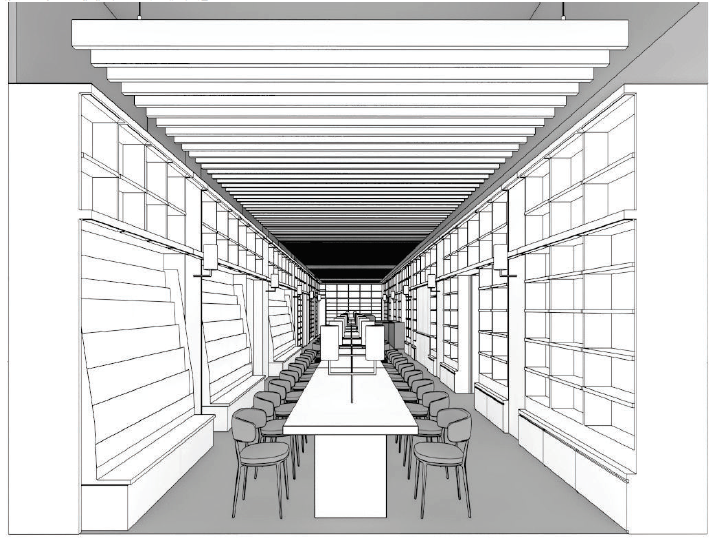
In Japan, prior to the revision of the Design Law, the scope of protection was limited to articles, and there was a principle of “one application per one design”. There were strict requirements for drawings; for example, the drawings could not depict spatial depth, and, as such, were limited to orthographic drawings, etc.
Allowable interior designs were established in order to allow multiple articles to be registered as a single design and to protect the aesthetics of the interior, including the layout of the articles. Drawings for allowable interior designs have a greater degree of freedom of expression than those of articles, and it is possible, for example, to depict a perspective view.
However, it is necessary to disclose the drawings in such a way that the design to be registered can be understood, so it is also necessary to describe the individual components of the interior if necessary. It is necessary to illustrate individual component of the interior design as well when shapes of each of the articles cannot be clearly identified in the status where these are arranged as interior inside the facility. The following guide shows the details of the application for a design registration. (Guide to the Description of the Application and the Drawings, etc. of the Application for Design Registration, Part 3, 17.3)
In this First Registration, there are no detailed drawings of individual articles in particular.
It is presumed that the articles included in this First Registration are relatively simple in form, such as bookshelves, tables, lights, etc.
In order to clarify the design for which the registration is sought, the First Registration is accompanied by drawings from various angles, such as a front view, a view excluding the ceiling, and a cross-sectional view showing the walls, in addition to a perspective view.
<Front Drawing>
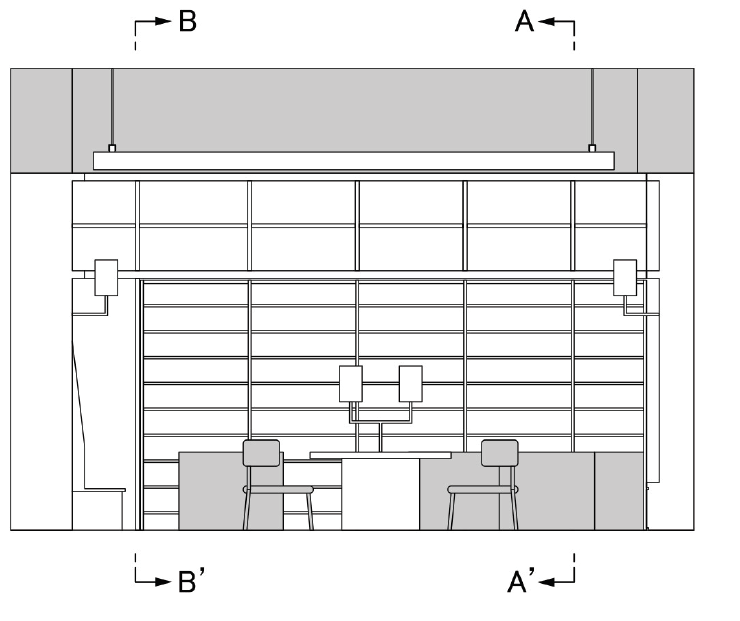
<Abbreviated view of the ceiling>

<A-A cross-sectional view>

On the same date, another interior design was registered, and this one is the second registration. This is the interior design for a kaiten-zushi-ten (conveyor belt sushi) restaurant. A kaiten-zushi-ten is a sushi restaurant where small plates with various types of sushi are continuously circulated on a chain conveyor installed along the customer’s seat, and customers are free to pick up their favorite sushi from the plate and enjoy it.
Design Registration No. 1671153
[Conveyor belt sushi restaurant interior]
Kura Sushi Inc.
<perspective view>
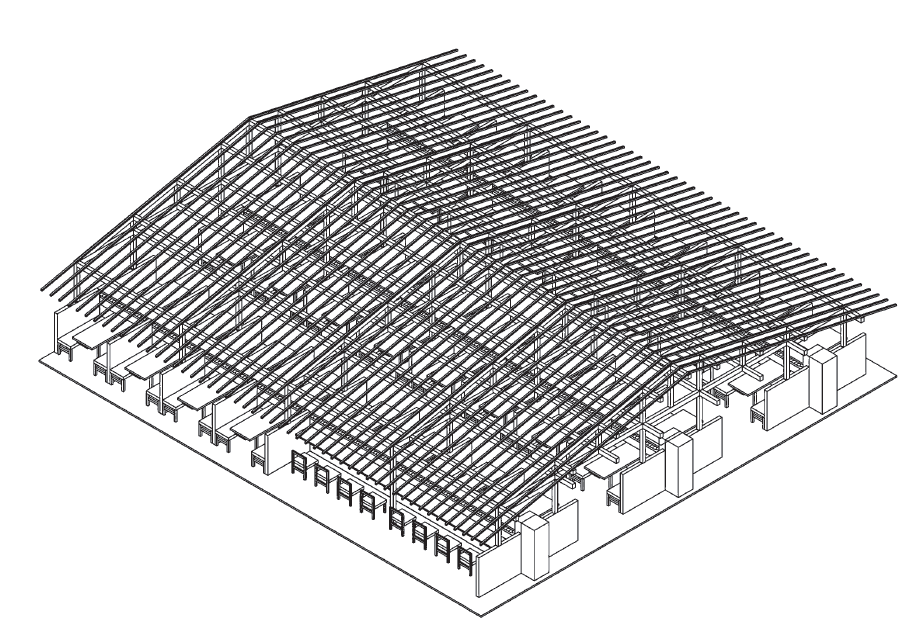
An article about the store, which is presumed to be the actual store of this second registration, is available at the following news site.
https://www.excite.co.jp/news/article/Getnews_2368268/
This second registration identifies the interior from orthographic view and front, side, and sectional views in the form of orthographic drawings, which are submitted in accordance with the traditional drawing requirements.
<Front Drawing>

<Right side view>

<A-A cross-sectional view>
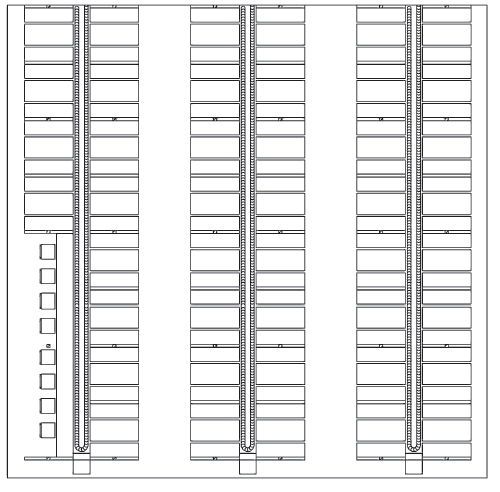
As the shape of the yagura roof and support pillars is difficult to identify in this second registration, a reference view of these is attached. A yagura is a tall structure constructed of wood or steel.
<A reference view of the roof of the yagura>
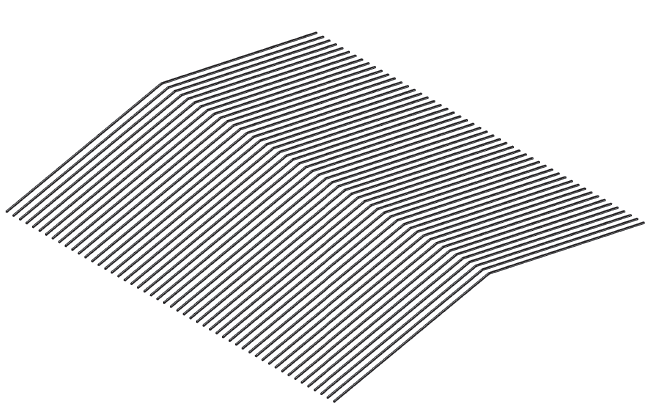
<A reference view of the pillar part>
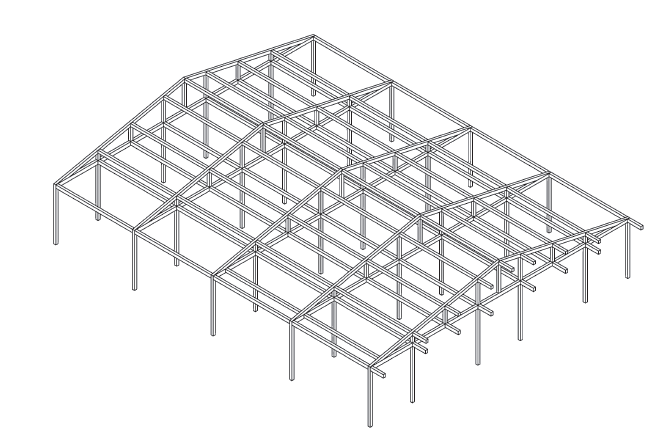
As of October 1, 450 applications for graphical user interfaces, 204 applications for buildings, and 132 applications for interiors have been filed to pursue the new subject of protection (announced by the Patent Office, Examination Department 1, Oct. 8).
It is expected that other gazettes will be issued soon for other new subjects of protection, so we will keep an eye on them.